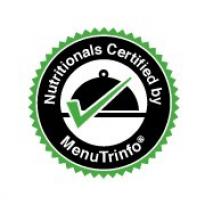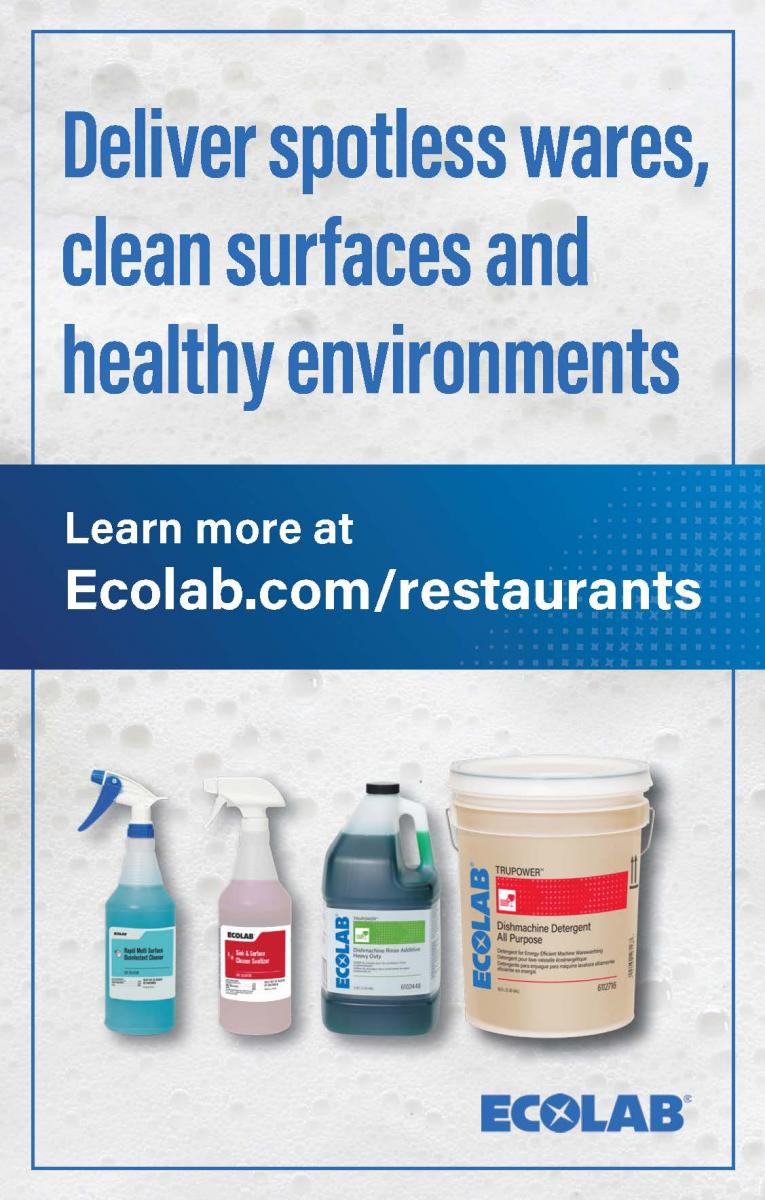You are here
How to Lead Your Brand into Menu Labeling
How to Lead Your Brand into Menu Labeling
By Betsy Craig, CEO and Co-founder of MenuTrinfo®
I often get calls from restaurant operators who have tried the do-it-yourself approach to nutritional calculations and analysis. While I am happy to speak with them, it never ceases to amaze me how far down the rabbit hole they get before picking up the phone.
Now that menu labeling has passed and everyone knows the rules and expectations, it is important for me to address the best way restaurant leadership should handle nutritional analysis.
While restaurant operators can save initial costs by handling their menu analysis in house, we never recommend the DIY approach. That is because operators don’t always know the ins and outs of menu analysis and online nutritional calculators can often fall prey to patent trolls. Patent trolls are companies that target Main Street businesses who utilize a variety of technologies, such as nutrition calculators, that the patent trolls then claim infringe on their patented technologies. This can be costly to restaurant operators and can oppose the very thing they are trying to achieve.
I have worked with some of my clients for many years on their nutritional calculations and keep constant watch over even the slightest changes to their menu ingredient lists. One slight change of supplier or ingredient means the entire nutritional calculation of the impacted menu item must be revised.
When restaurant operators take a DIY approach, they often forget to make the necessary calculations needed when something changes. So to successfully manage nutritional calculations, strict guidelines should be created and enforced by everyone throughout the restaurant chain. Leadership should also create a system of checks and balances to ensure the procedures are being appropriately followed.
In 2013, we launched our guide, 7 Steps to Menu Labeling, to help flip the fear restaurant operators have toward menu labeling. The guide outlines menu labeling best practices and for the purposes of this blog I will reveal a few steps here that all restaurant operators should take when it comes to getting started. For best results, restaurant leaders should also make sure their executive teams know the correct steps to take to ensure compliance with the new menu labeling regulations.
1. Get your nutritional information together. If your nutritional information is more than two years old – or if you’ve changed suppliers and/or ingredients – have someone double-check the nutritional information of your menu items and verify it for accuracy.
2. Verify your information. Additionally, if your nutritional information is more than one year old – or if you’ve changed suppliers and/or ingredients, reanalyze your nutritional information and verify it for accuracy.
3. Identify allergen and gluten free menu items. This will help your team respond to allergen requests and will teach staff how to effectively communicate a guests’ special dietary need to the kitchen.
Each of the steps involved are important ones to take, both for your employees and your customers. Step one will require a strong leadership approach in order to gather all of your information. Meanwhile, step two requires third-party validation of your nutritional information. This is because that is the best way to determine the accuracy of your information. This also will increase your guest’s confidence in the information you are providing. Once you have completed the first two steps, further protect the lives and health of your customers by identifying which menu items are allergen and gluten free.
By following these first three steps you are setting your brand up for menu labeling success. We know the process isn’t easy if you are trying to accomplish it alone. If you have questions or need help, don’t hesitate to give us a call (888) 767-6368.





















